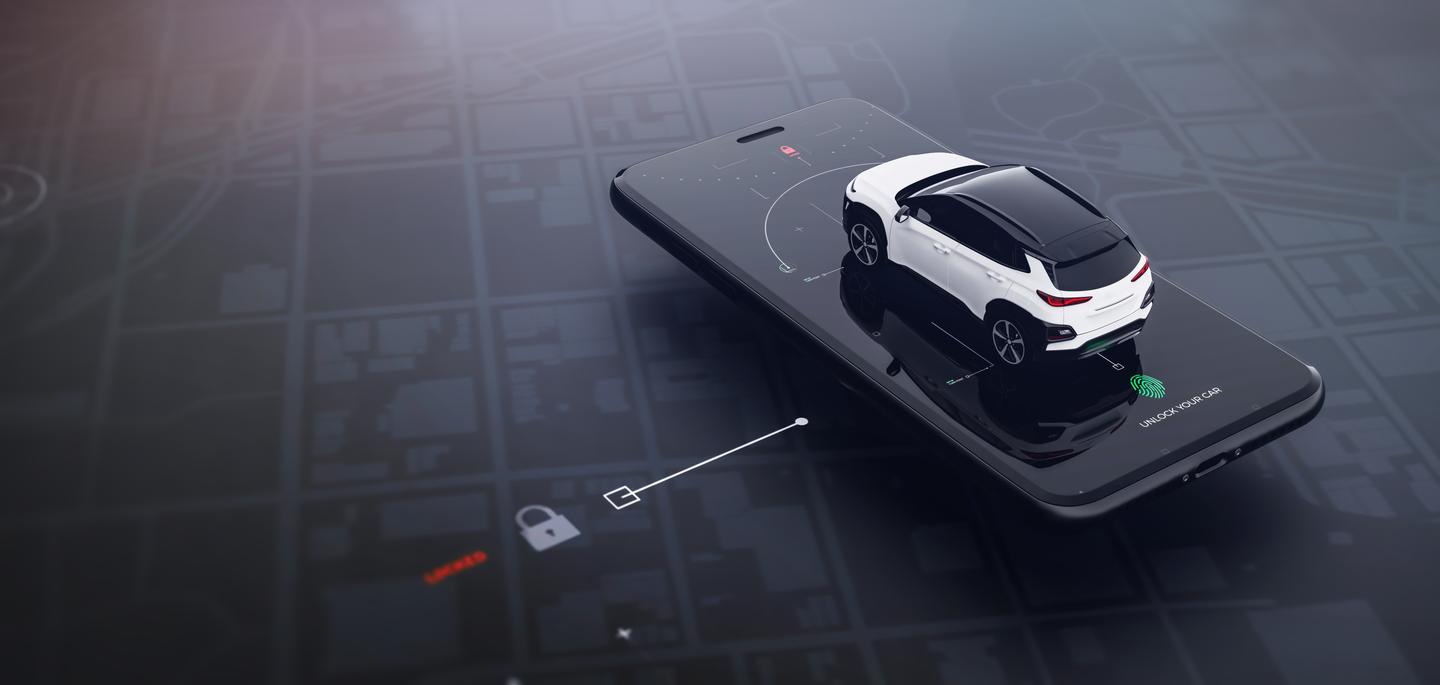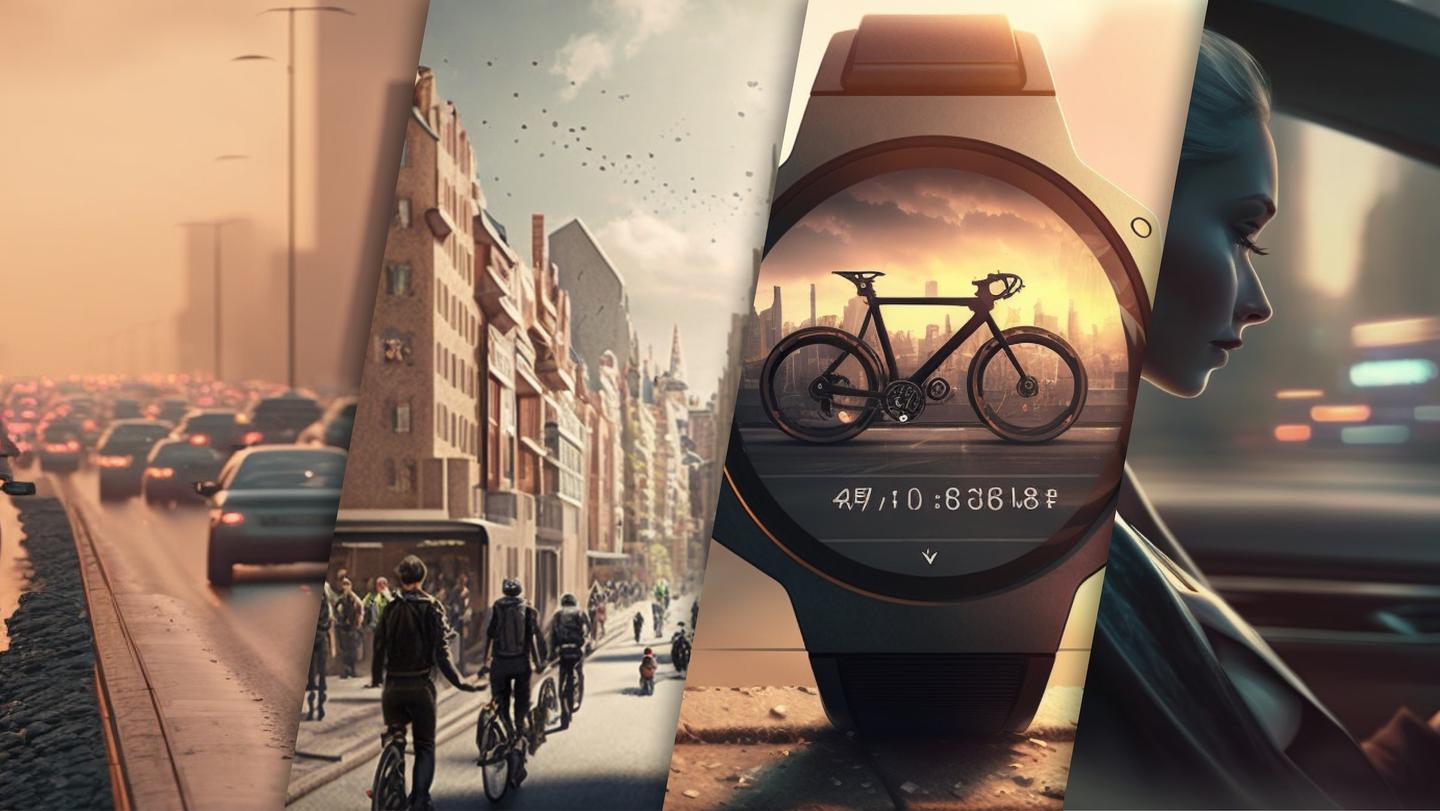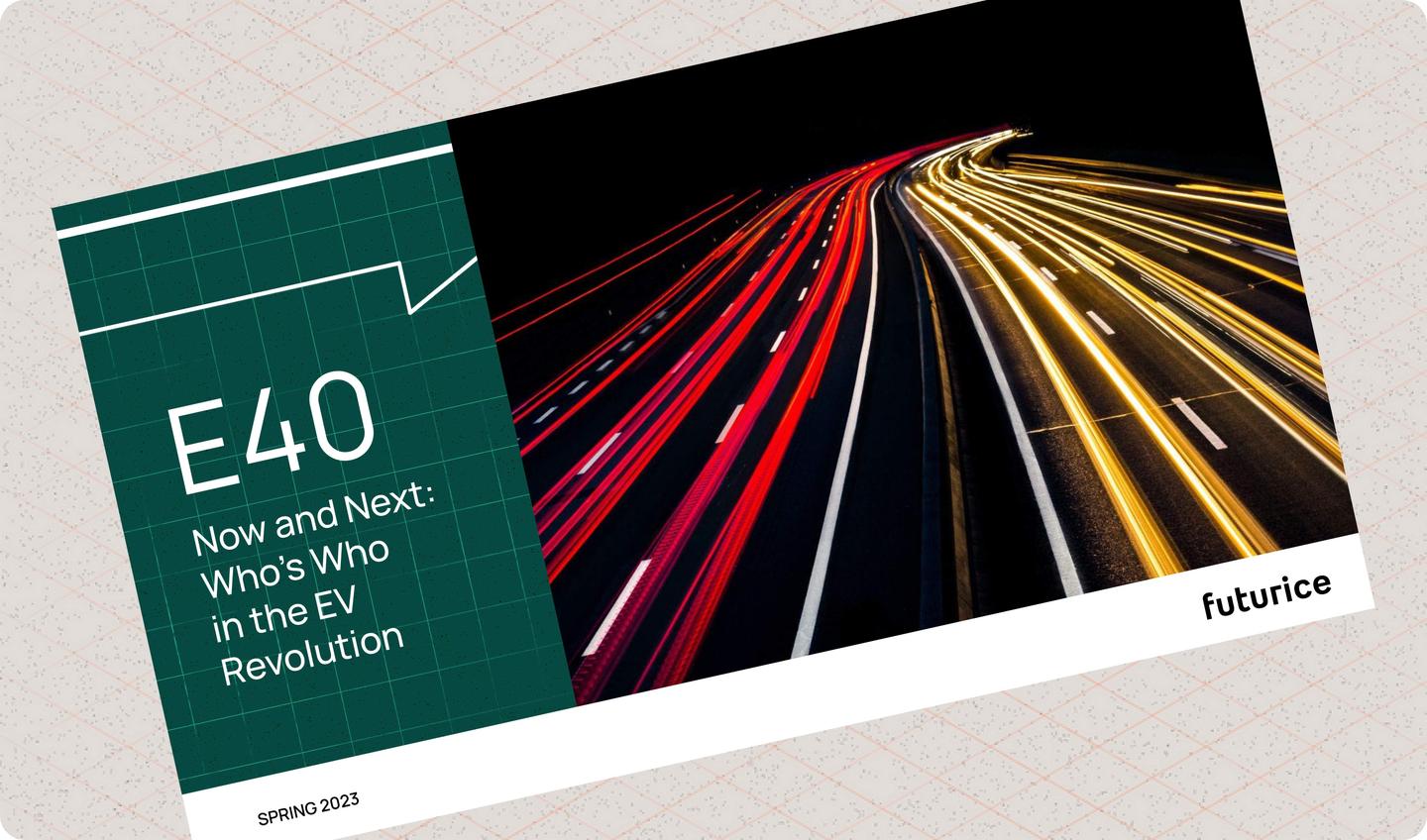IAA Mobility 2023: Navigating trends in the digital transformation of the automotive industry
Once again, the IAA served as an important barometer for the automotive industry, showcasing not only the latest advancements in the industry but also emphasizing the profound shifts toward connected mobility solutions. Here is a comprehensive summary of the key trends and insights from the event.
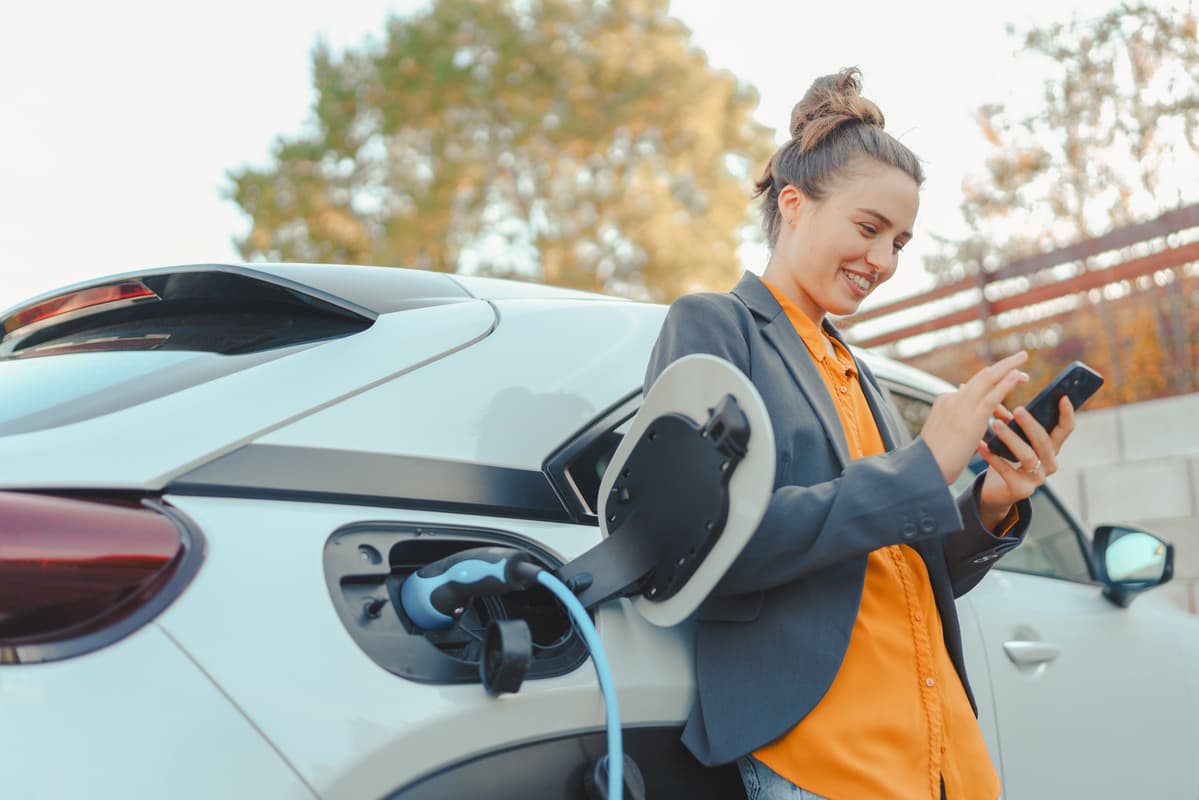
IAA mobility trend report
1. Shifting Landscape: Mobility Beyond Vehicles
In its second year in Munich, the IAA Mobility expanded its scope, moving beyond a focus solely on automobiles to embrace a broader concept of mobility. The event served as a comprehensive platform where original equipment manufacturers (OEMs), suppliers, service providers, and startups converged to discuss and showcase innovations across the entire mobility value chain.
2. The Electric Future Unveiled
Undoubtedly, the standout theme of IAA Mobility 2023 was the prominence of electric mobility. The showcased concepts overwhelmingly favoured electric or hybrid-powered vehicles. Electric vehicles (EVs) stole the spotlight, underlining the industry's commitment to sustainability. Discussions delved into the critical aspects of charging infrastructure and advancements in battery cell technology.
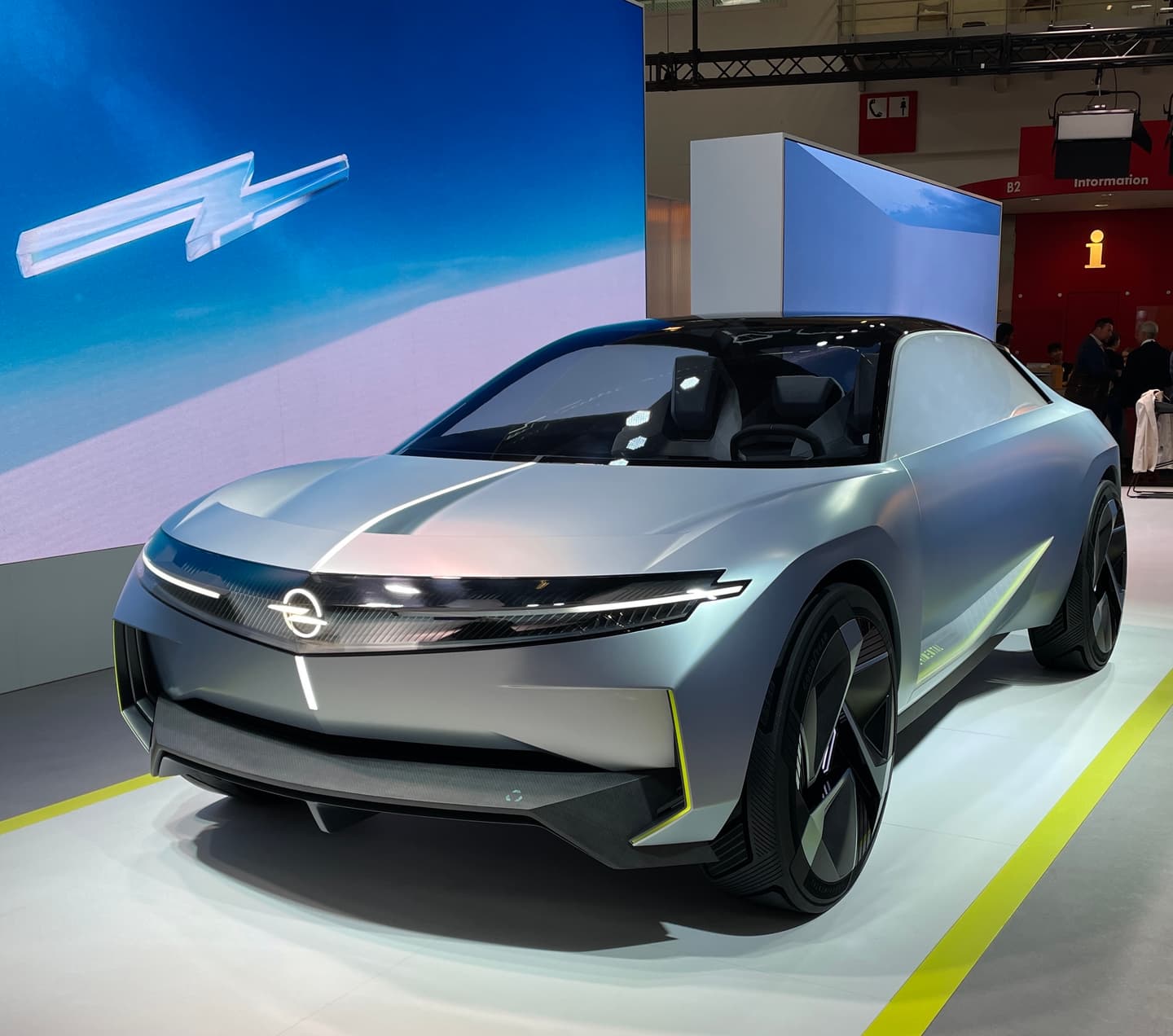
3. China's Resounding Presence
A notable highlight was the substantial representation of Chinese brands, constituting about 40% of the exhibitors. Brands like BYD, XPeng, Dongfeng, MG Motor, NIO or Seres made a significant impact, challenging established players with competitive advantages such as lower manufacturing costs and rapid innovation. The collaboration between German giants VW and Audi with Chinese companies signaled a shift in the industry's dynamics.
4. The Crucial Transition: From Hardware to Software
The automotive industry is undergoing a profound transformation from traditional manufacturing to becoming innovative, software-driven entities. The collaboration announcements, like the one between Polestar and Xingji Meizu Group, underscored this shift. The focus on software and data-driven solutions showcased a recognition of the industry's transition toward a more connected, digital ecosystem.
5. Sustainability Imperatives
As sustainability gains prominence, the industry faces challenges to reduce its environmental footprint. Key statistics emphasized the urgency, revealing that the automotive sector accounts for 18% of global CO2 emissions. The push for a circular economy highlighted the commitment to increasing material recycling, with a target of 80% in the future. Many manufacturers emphasized their commitment to sustainable manufacturing practices, with a focus on creating and maintaining a more sustainable vehicle lifecycle. For example, Audi shared plans to enable the recyclability of vehicle batteries and glass, thus contributing to a circular economy. And with its latest vision, the Neue Klasse, BMW is also focusing on sustainability. In the increased use of secondary raw materials, resource-saving production and the latest generation of fully electric drive technology, the goal is to reduce the CO2 footprint of the New Class throughout its entire lifecycle.
6. Evolving Customer Experience: Digitalization and Displays
The interiors of vehicles are transforming into digital hubs, reminiscent of "smartphones on wheels." The reduction of hard keys, larger displays, and a focus on passenger experience indicated a shift toward a more connected and interactive in-car environment. Manufacturers and suppliers showcased a wide range of approaches for displaying their information inside the vehicle, from displays spanning the entire width of the dashboard to tablet-like solutions in both portrait and landscape modes. Head-up displays, such as BMW's latest concept, Panoramic Vision, are likely to be the most forward-thinking and sensible approach because they display information where drivers, at least currently, are most likely to need it. Not only is hardware playing an increasingly important role in the digital experience, but software is also becoming a crucial factor. Examples such as Continental's Google Cloud integration and Mercedes' introduction of its proprietary operating system, MB.OS, demonstrate the direction in which manufacturers are heading.
7. Autonomous Driving: A Continued Exploration
Even though enthusiasm or at least public perception for autonomous driving may have diminished, the exploration of concepts continues. In particular, the communication between autonomous vehicles and their environment is an interesting research field. While in the past, eye contact or a gesture might have been used to negotiate crossing a pedestrian cross-walk, this may be unnecessary in the case of autonomous vehicles.
8. Bridging the Gap: Challenges and Opportunities
The IAA Mobility 2023 served as a barometer for the industry's pulse, highlighting challenges and opportunities. The coexistence of traditional automakers and emerging players, the increasing importance of the Chinese market, and the imperative to create meaningful digital experiences for users were central themes.
9. Looking Ahead: Opportunities and Challenges
As the automotive and mobility industry undergoes rapid transformation, the IAA Mobility event provided a glimpse into the future. While challenges exist, such as the need for sustainable practices, recycling initiatives, and the integration of autonomous driving, the industry's commitment to electromobility, digitalization, and connected mobility solutions signals a promising direction.
10. A Call for User-Centric Innovation
One noticeable gap identified was the industry's tendency to approach developments from a feature-driven perspective rather than focusing on real user-centric solutions. The growing importance of the digital customer experience suggests an opportunity for OEMs to bridge this gap and create meaningful, value-added experiences that adapt to users' needs. The challenge for manufacturers lies in the transformation from traditional automotive manufacturers to innovative, software, and data-driven companies. For this, it requires new agile, customer-centric processes throughout the entire product lifecycle.
In conclusion, IAA Mobility 2023 served as a dynamic stage where the automotive industry showcased its evolution towards connected, sustainable, and digitalized mobility solutions. As the industry navigates these transformative trends, the future promises exciting possibilities, provided companies can adapt to the changing landscape and prioritize user-centric innovation.
 Sebastian PhilippPrincipal Mobility, Germany
Sebastian PhilippPrincipal Mobility, Germany Felix HohlSenior UX/UI Designer
Felix HohlSenior UX/UI Designer
